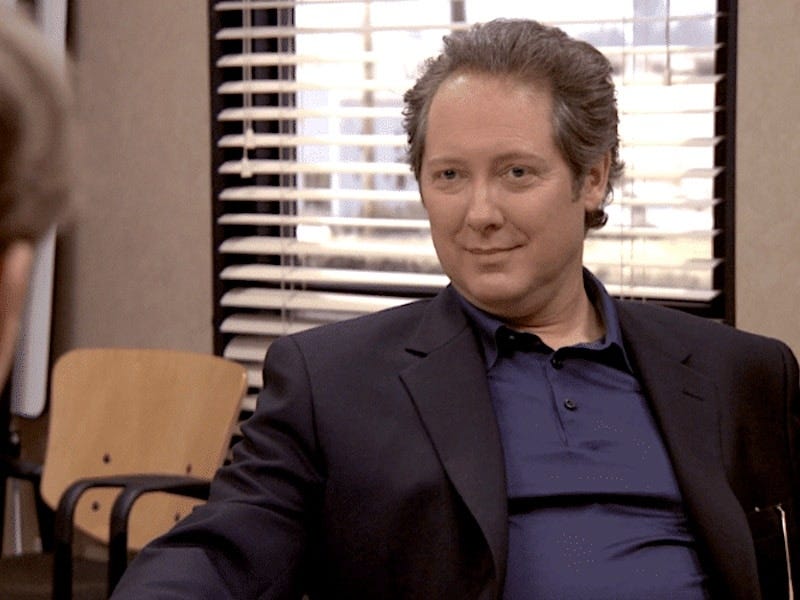Three steps for culture fit screening
An invisible predictor of hiring success
👋 Hey, it’s Diana! Welcome to issue #22 of the Operations Optimist newsletter. Each week, I tackle questions about building operations functions in startups and share my lessons from working in venture capital.
In today's edition, I want to talk about culture fit. In the times of vibe coding, screening for culture fit is like vibe hiring. When it works, you barely notice it, but when it doesn’t, it’s painfully obvious.
You've surely felt it before. That moment when you're interviewing someone and you just click. They get your company's rhythm, it almost feels like they know how it will be on the inside. And then there's the opposite, brilliant candidates who somehow feel like they're from a different planet.
Here's how I’d approach screening for culture fit in the interview process.
#1: Which people on my team would I like to have a hundred of?
Let's start with defining what great means in your company. Here’s a guiding question for you: Which people on my team would I like to have a hundred of? What are the characteristics that make them so great?
This forces you to think tactically. It mostly won’t be about generic values like collaboration or teamwork. It's about the specific behavioral traits that separate your top performers from everyone else. At some companies, it's high urgency, people who thrive on move fast and break things. At others, it's being naturally good at following systems and processes without feeling micromanaged. Maybe it's intellectual curiosity, or resilience in the face of constant pivots and uncertainty.
#2: The magic of following up on questions
Once you know what you're looking for, you need screening questions that reveal those traits. Most interview processes run 3 to 7 steps (screen, task, job-specific and leadership rounds). Don’t save culture questions for the last minute, sprinkle one into each round and look for patterns.
Go for specific behavioral prompts that expose how people operate under pressure. If urgency matters at your company, ask:
“Tell me about a time you had to deliver something critical under an impossible deadline. Walk me through your exact process.”
If self-direction is a dealbreaker, try:
“Describe a project where you had to figure everything out yourself with little to no guidance. What did you do first? How did you feel in the process?”
If they give abstract, surface-level answers, they’re likely relying on prepped scripts or GPTing their answers (I’ve seen this, it’s bad).
This is where the magic happens: follow-up questions. Push for specifics, make them unpack their thinking. See how they make decisions under pressure. Try really understanding how the person thinks and match this against your hiring scorecard.
#3: Trial days. It’s like a test drive for cars
The final step is seeing culture fit in action through trial days. It's like a test drive, but for people. Typically for a fee, though.
This isn't common practice yet, but I wish more companies did this. Lovable has it explicit in their hiring process – two trial days, usually on-site.
It's a low-stakes way to observe how candidates interact with your actual team and processes while giving them a real taste of what working with you feels like.
Design these trial days to mirror actual work as closely as possible. Maybe it's contributing to a small-scale project within an ongoing initiative. Have them work directly alongside the team they'd potentially join. Keep the scope focused, you're not doing full company onboarding here, just immersing them in their specific department.
Also, pay attention to energy levels on both sides. Do they seem energized or drained by your environment? Do team members naturally gravitate toward them, or does it feel forced?
This is two-way alignment at work – if either side feels off, trust that instinct. What feels awkward during a trial period will only amplify once they're full-time.
That's it. Here’s the recap:
Defining culture fit: what great looks like?
Screening for culture fit: how can I screen for this particular greatness?
Trial days: the real-world litmus test
Happy hiring!
P.S. HR folks love debating about culture add instead of culture fit. But I stand my ground about hiring for fit at an early stage. If you passionately disagree, let’s take it to comments 🙈



Not going to lie, the Robert California pic was the clickbait for me here. What an inspo. But this is a great article —especially the “who would you want a hundred of?” test. Though, if I’m honest, imagining a hundred of any one person (including myself) is a little terrifying.